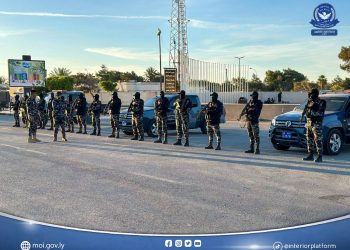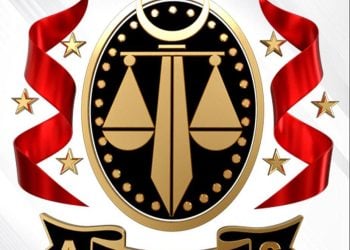- Sculptures of Bullets by . . .[restrict]Mohammad Bin Lamin
London, 19 November:
Mohammad Bin Lamin, the artist who transformed remnants of war into touching sculptures, is one of eight Libyan artists whose work will be exhibited this week at the Arab British Centre in London.
Bin Lamin is a self-taught mixed media artist who works with sculpture, digital art, photography and painting. The day before the revolution started he was imprisoned in Abu Salim, where he was held for several months. During his incarceration, he drew on the walls with metal food dishes and designed faces on silver tin foil.
He later created sculptures from bullets, shells and other recycled war material. “These materials were made to kill but I tried to turn them into materials that expressed love and the human challenge,” Bin Lamin said.
The exhibition will present a wide range of artistic styles, which aim to express Libyan preoccupations. The beauty of Libyan women, political oppression under the old regime, the promises of the revolution and aspects of Libyan lifestyle and culture will all be represented.
Noon Arts, the curators, have described the exhibition as colourful and exotic. They said: “It will challenge any preconceptions regarding a lack of creativity coming from this newly-liberated and emerging free democracy. Libyan artists are finally able to explore, express and expose without fear of censure or reprisals.”
Faten Baaba is a self-taught photographer who was born in Libya and raised in Rome. Her photographs include strangely beautiful shots of Libyan refugee camps, as well as images of the people of Ghadames and Misrata. She returned to Libya in 2004 and is working with the Libyan Ministry of Culture on an educational children’s book.
Yousef Fetis is a painter of colourful, modern works. Fetis studied fine art at the University of Tripoli and was director of the Art House in Tripoli from 1993 to 1998 and a lecturer at the University of Tripoli from 1997 to 2000. His work has been exhibited both in Libya and Europe.
Hadia Gana is an artist who specialises in sculptures and installation artworks. She studied ceramics and glassmaking at the University of Tripoli and ceramics at the University of Wales Institute in the UK. She is in the process of setting up the Ali Gana Centre for Arts and Crafts in Libya, which will create art space and studios for craftsmen and artists to work, teach and discuss freely.
Muktar Alshrief considered his painting and drawing to be a pastime, while he worked for the Libyan Ministry of Agriculture and the Arab Company of Foreign Investment. Although Alshrief’s work has been exhibited outside Libya, it has only been shown in the county since the revolution.

Najla Shawket Fitouri is a painter who focuses on Libyan women. She studied fine art at the University of Tripoli and her work has been exhibited in Libya, Switzerland, Malta and Iraq.
Mohammed Albadri is a multimedia artist who works with paint, photography, animation, illustration and film. He uses experimental techniques with coffee, acrylic and glass paint on paper in his paintings and uses ink water in his photography. He studied graphic design at the University of Tripoli and is currently making films and music videos.
Naziha Arebi is a photographer and film-maker who grew up in England but later moved to Libya to discover her father’s homeland and explore the country’s culture. Her films have been screened at the Arab Film Festival in the United States, the Tripoli Human Rights Film Festival, MediMart in Barcelona, Africa on Screen at the Edinburgh Film Festival and the London MENA Film Festival.
‘The Libyan’ exhibition is curated by Noon Arts, a new artistic venture between two Libyan women, Najlaa El-Ageli and Nessrin Gebreel, which aims to raise the global profile of Libyan art and artists.
The exhibition will run from 23 – 30 November at the Arab British Centre.










